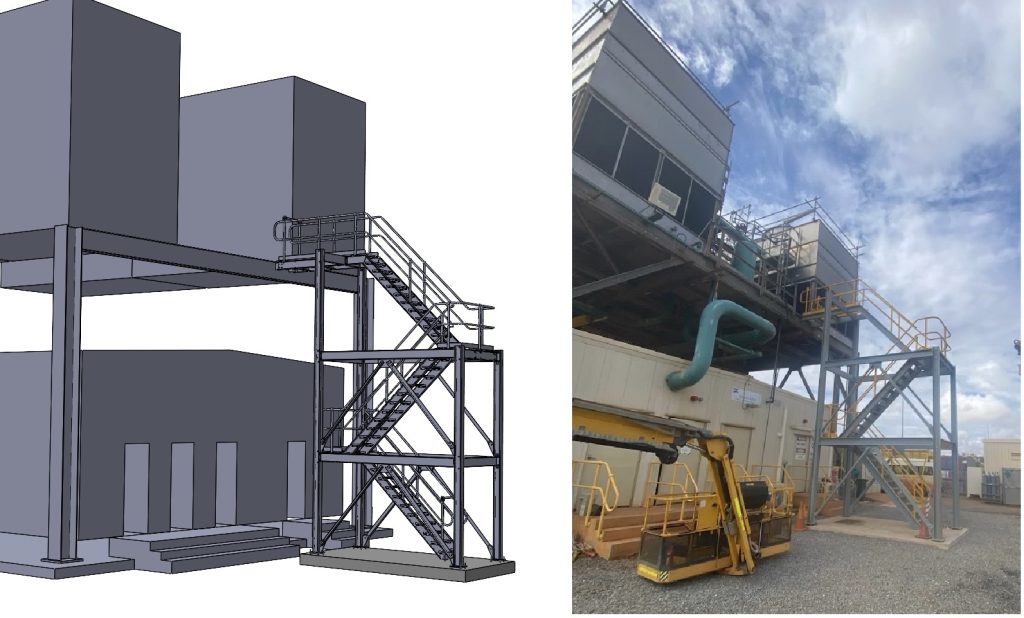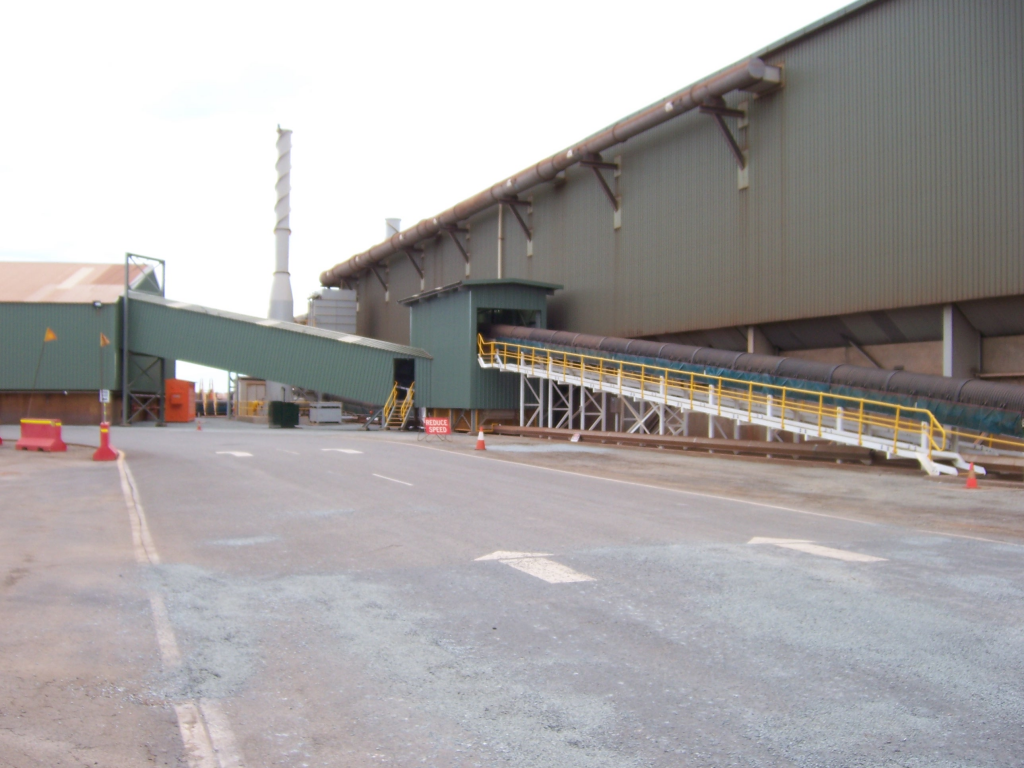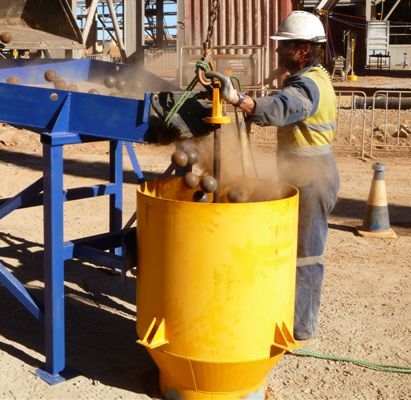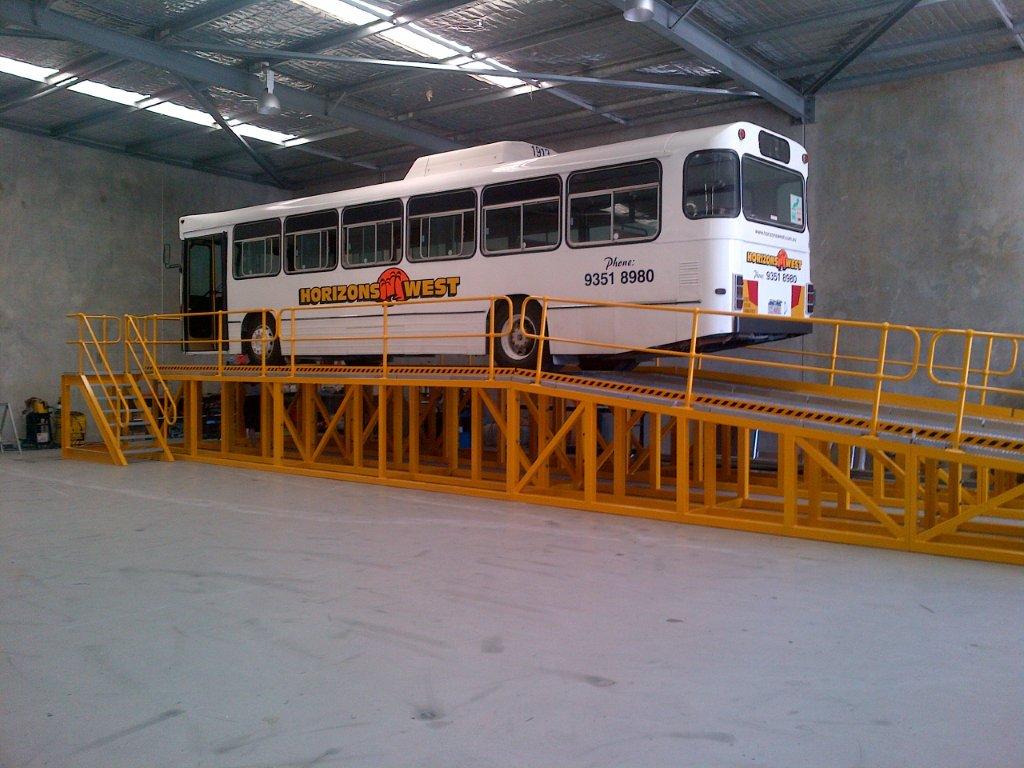Access Stairway Design
Is your organization looking for a solution to improve equipment and area access with an access stairway design? Enhanced access can significantly reduce inspection and maintenance time, boost safety, and save costs while simultaneously eliminating the need for scaffolding erection and inspection. In workplaces where scaffolds are managed, conducting regular inspections and maintenance is crucial. …







